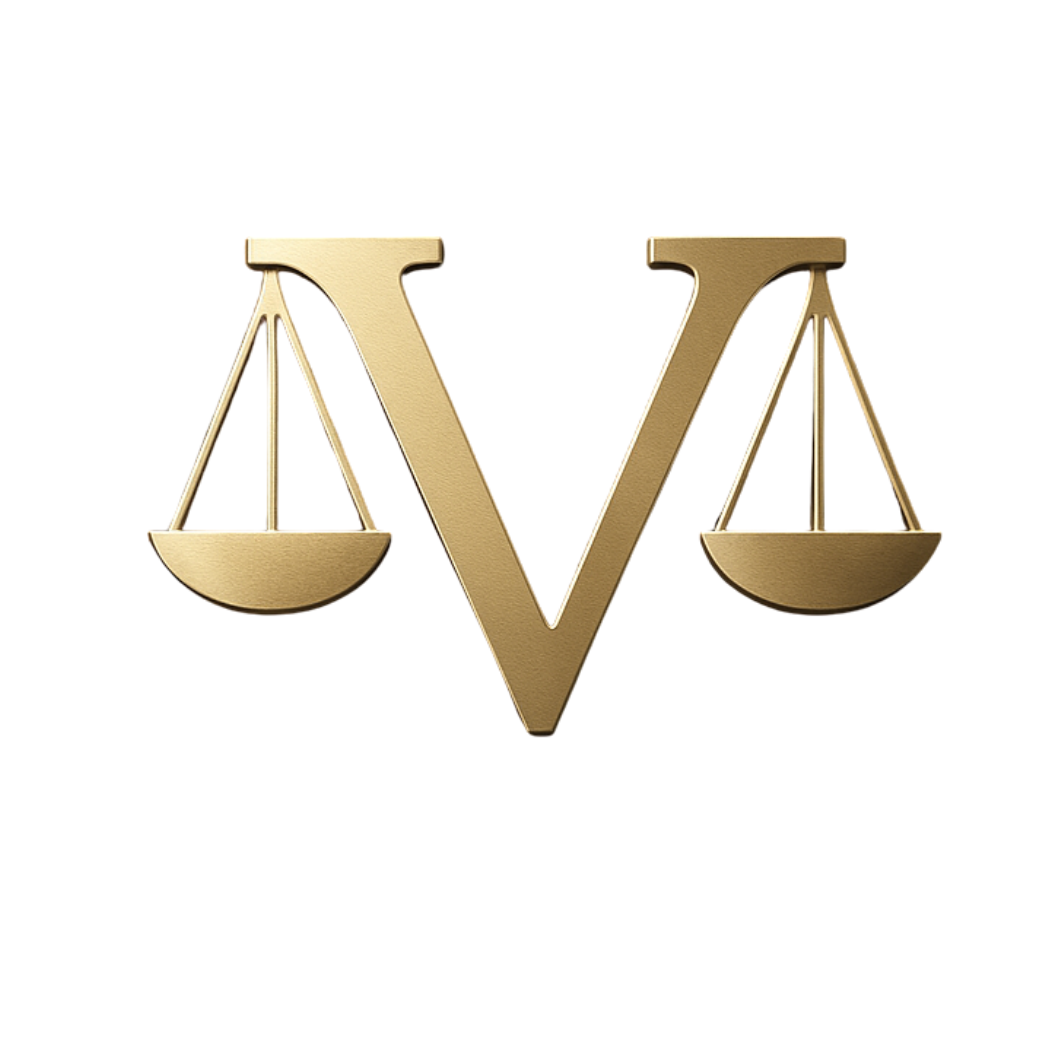What is a Regulatory Knowledge Graph?
At the core of Veritas AI lies our proprietary Regulatory Knowledge Graph - a sophisticated network of interconnected regulatory concepts that represents the complex world of AI compliance in a structured, machine-readable format. Unlike traditional databases that store information in tables and rows, a knowledge graph uses a graph structure with nodes (entities) and edges (relationships) to represent knowledge in a way that mirrors how humans understand the world.
Our Regulatory Knowledge Graph is specifically designed to capture the intricate relationships between:
- Regulatory Frameworks: EU AI Act, GDPR, NIST AI RMF, ISO 42001, and other global AI governance frameworks
- Requirements: Specific compliance obligations derived from regulatory texts
- Controls: Measures and mechanisms that can satisfy multiple requirements
- Evidence Types: Documentation and artifacts that demonstrate compliance
See the Knowledge Graph in Action
Explore the interactive visualization of our regulatory knowledge graph and discover how different compliance requirements connect across frameworks.
Explore the Knowledge Graph ToolGraph RAG: Beyond Traditional Retrieval-Augmented Generation
Our knowledge graph implements an advanced form of Retrieval-Augmented Generation (RAG) that we call Graph RAG. While traditional RAG systems retrieve information from unstructured text to enhance AI responses, our Graph RAG leverages the rich structure of the knowledge graph to provide more accurate and contextual compliance information.
How Graph RAG Works:
- Query Transformation: Your compliance queries are transformed into graph traversal operations
- Structural Retrieval: Rather than simple keyword matching, we identify relevant regulatory nodes and their multi-hop relationships
- Contextual Understanding: The system extracts contextually relevant data by following connections through the graph
- Evidence-Based Response: Compliance guidance is generated with supporting evidence from actual regulatory texts
Figure 1: Simplified architecture of our Graph RAG system showing how queries traverse the knowledge graph
Comprehensive Coverage of Global AI Regulations
Our knowledge graph currently encompasses:
This comprehensive coverage allows us to identify overlapping requirements across different frameworks, helping organizations streamline their compliance efforts by implementing controls that satisfy multiple regulatory requirements simultaneously.
Key Benefits of the Knowledge Graph Approach
1. Requirement De-duplication
Our knowledge graph identifies similar or overlapping requirements across different regulatory frameworks. This allows organizations to implement a single control that satisfies multiple compliance requirements, significantly reducing redundant work.
For example, both the EU AI Act and ISO 42001 require documentation of AI system development processes, but with slightly different emphases. Our system identifies these overlaps and suggests unified documentation approaches.
Learn more about requirement de-duplication2. Cross-Framework Compliance Analysis
For organizations operating across multiple jurisdictions, our knowledge graph provides a consolidated view of all applicable requirements. This enables a unified compliance strategy rather than a siloed approach to each regulatory framework.
3. Efficient Evidence Collection
By mapping requirements to specific types of evidence, our system helps organizations understand exactly what documentation they need to produce. This prevents both over-documentation (creating unnecessary artifacts) and under-documentation (missing critical evidence).
4. Future-Proofing Compliance
As new regulations emerge or existing ones evolve, we update the knowledge graph to reflect these changes. This allows our system to automatically identify the impact on your compliance status and recommend necessary adjustments.
How to Use the Knowledge Graph Tool
Our interactive Knowledge Graph tool allows you to explore the connections between different regulatory frameworks, requirements, and compliance controls. Here's how you can get the most out of it:
Select a Focus Framework
Choose a specific regulatory framework (e.g., EU AI Act, GDPR) to highlight its requirements and connections.
Filter by Requirement Category
Narrow down to specific types of requirements such as transparency, risk management, or data governance.
Explore Connections
Click on nodes to see related requirements, controls, and evidence types across different frameworks.
Search for Specific Requirements
Use the search function to quickly find requirements related to specific topics or concerns.
Ready to explore the Knowledge Graph?
See how regulatory requirements connect across frameworks and identify efficient compliance strategies.
Launch Knowledge Graph ToolThe Technical Implementation
For those interested in the technical aspects, our knowledge graph is built on a specialized graph database optimized for regulatory intelligence. We employ natural language processing to extract requirements from regulatory texts and machine learning to identify conceptual similarities across frameworks.
The knowledge graph is continuously maintained and updated by our team of regulatory experts and data scientists, ensuring it remains accurate and current as the regulatory landscape evolves.
Technical Specifications:
- Graph Database: Neo4j Enterprise with custom schemas for regulatory concepts
- NLP Pipeline: Fine-tuned language models for regulatory text analysis
- Visualization: D3.js force-directed graph with custom interaction patterns
- Integration: GraphQL API for connecting with compliance workflows
Knowledge Graph Access Across Subscription Tiers
Our knowledge graph capabilities are available across all subscription tiers, with increasing levels of functionality:
Free Tier
- Basic visualization of the knowledge graph
- Limited queries (50 per day)
- Access to core regulatory frameworks (EU AI Act, GDPR)
Professional Tier
- Full knowledge graph access
- Unlimited queries
- Cross-framework analysis tools
- AI-generated compliance insights
Enterprise Tier
- Advanced knowledge graph with custom ontologies
- Integration with your internal compliance systems
- Custom regulatory frameworks and requirements
- Dedicated graph database instance
For more information on subscription options, please visit our pricing page.
Conclusion
The Regulatory Knowledge Graph is the foundation of Veritas AI's unique approach to AI compliance. By representing regulatory requirements as an interconnected graph rather than isolated rules, we provide a more intelligent, efficient, and adaptable solution for navigating the complex landscape of AI governance.
Whether you're just beginning your compliance journey or looking to streamline existing processes across multiple regulatory frameworks, our knowledge graph technology offers unparalleled insights and efficiencies that traditional compliance approaches cannot match.
Ready to see how the knowledge graph can transform your approach to AI compliance?
 Veritas AI
Veritas AI